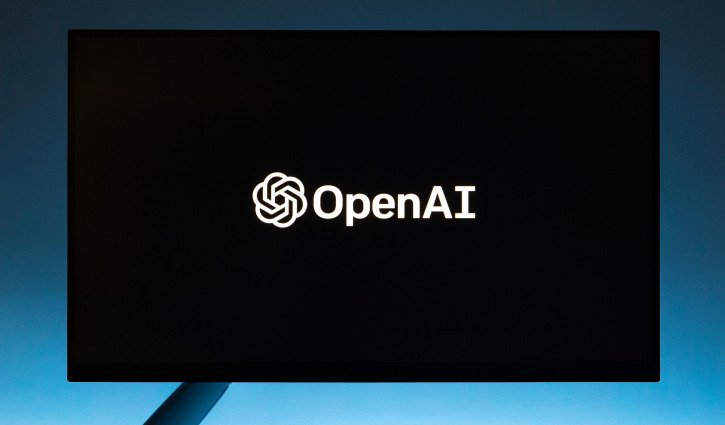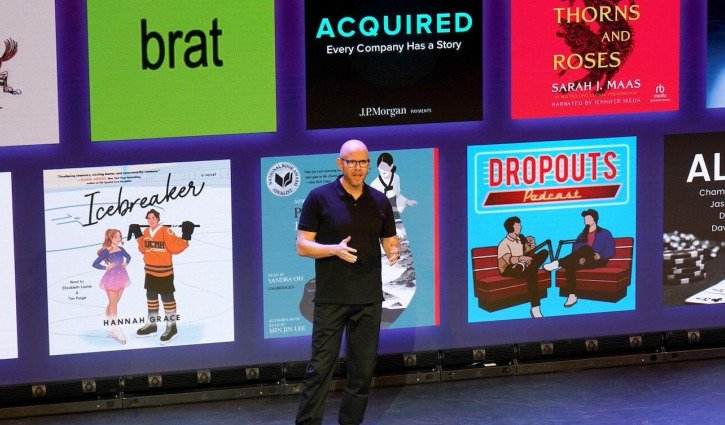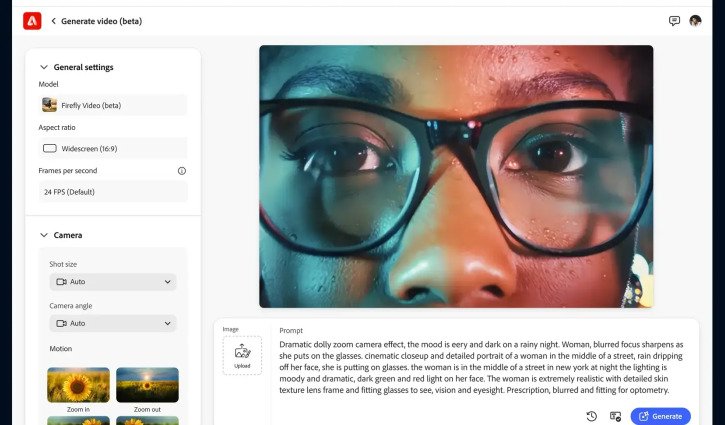Substack has announced that it will allow creators to upload and monetise videos on the platform, as well as allow users to post video content directly from the Substack app.
The subscription platform has made its latest efforts to court TikTok creators who are concerned about the future, suggesting they can join Substack to build a subscription-based video business to reach their audiences directly, without relying on algorithms.
Substack also recently launched its US$20 million Creator Accelerator Fund, which promises content creators no revenue loss if they join Substack.
Until the announcement, creators on the platform had only been able to share video content on Substack’s X-style feed, Notes.
However, the content was not able to be monetised as Notes does not support paywalls or notify subscribers when a creator has posted.
The new feature will allow creators to publish videos, track post views, and new subscribers, as well as see estimated revenue growth from new paid subscriptions driven by their posts.
Creators will also be able to use analytics to also monitor changes over time.
Substack says it is committed to building and improving tools to help video creators and will explore further additions such as editing tools and further enhanced analytics.
In the future, Substack also plans to enable creators to show specific portions of the video to free subscribers as a teaser and marketing tool.
The San Francisco-based company launched in 2017 as a tool for newsletter writers to charge readers a monthly fee to read their content.
CNBC reported that the company had raised about US$100 million, most recently at a post-money valuation of more than $650 million.
The platform is unique because it allows creators to connect with their followers directly without having to navigate through algorithmic models.
Substack also recently noted that creators that include video or audio content grow their revenue more than 2.5 times as fast as those who do not.
This comes as the company announced last month that after successful testing, it would be introducing a live-streaming function.
Related content



